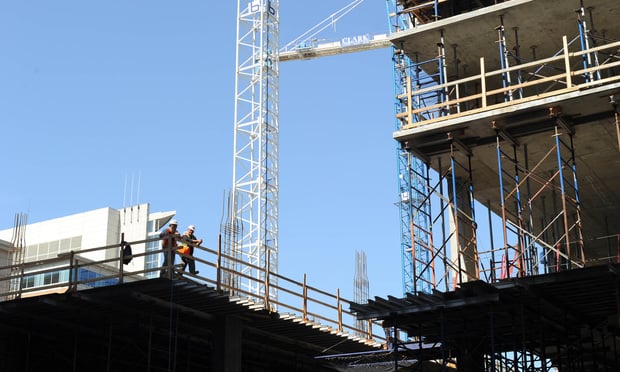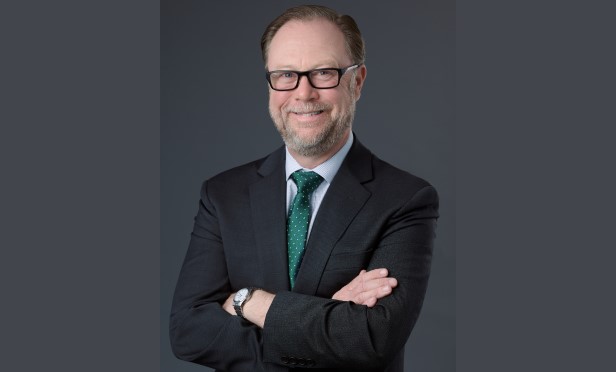With the exception of Brazil, which has a mature industry, most of the continent's centers are populated with local chains and anchored by cinemas, supermarkets and hypermarkets. But, as the continent's subzones see economic growth, development is following.
"We are growing; the economics are working much better" in the subzones of Argentina, Chile, Paraguay and Peru, said Carlos Lecueder, president of Montivideo, Uruguay-based Estudio Luis E. Lecueder. "South American exports are growing to the rest of the world. We are being well-paid for oil, beef, and rice."
Foreign investors also have found the market, drawn by its strong currencies, he said.
Development in the subzone largely consists of traditional regional malls, anchored by supermarkets and hypermarkets, situated in major cities. Chile has three malls under construction, and Uruguay has two projects under development.
Exceptions are Argentina, which has some lifestyle and mixed-use projects included in its 10 centers that are under construction and 24 under development, and Paraguay, which has small lifestyle projects underway. However, nearly all lack US retail chains.
"We are growing. We have strong centers," Lecueder said. "We need international retailers."
The smaller countries of Ecuador, Peru, Colombia and Venezuela continue to grow as well, said Alfredo Cohen, VP of Caracas-based Constructadora Sambil. Ecuador will see its first outlet center, as well as San Luis Town Center, a mixed-use project that will include massive green space and a medical clinic in addition to retail, Cohen said.
Here, too, there is a strong desire for US retailers to join Canadian chains Ebel and Aldo. But shoppers aren't suffering.
"Because US retailers have not come to our countries, the local retailers have achieved a high standard," Cohen said. "We don't have many empty spaces."
Even Brazil, which has a 40-year history of shopping center development, continues to see growth. Eleven new centers will open this year, with six more to open in 2008. In addition, 47% of the country's 346 existing centers either plan or are undergoing expansions.
"There is a change in the last 20 years from urban cities to second cities," said Marcelo Baptista Carvalho, president of Rio de Janeiro-based Ancar SA. "Twenty years ago, 83% of Brazil's centers were in the [regional] capitals. Now, that's 54%."
Mixed-use is becoming more important, with developers adding office and/or residential components to existing or new centers. However, the market does remain challenging. Interest rates, while declining, remain relatively high at 9%; economic growth is relatively low, and government services are weak, he noted.
© 2024 ALM Global, LLC, All Rights Reserved. Request academic re-use from www.copyright.com. All other uses, submit a request to [email protected]. For more information visit Asset & Logo Licensing.








